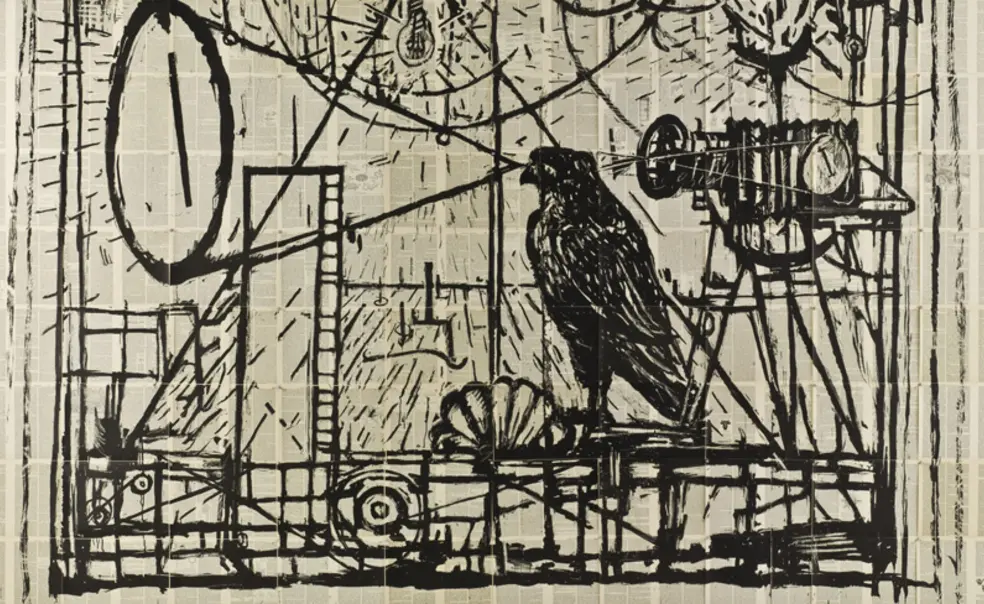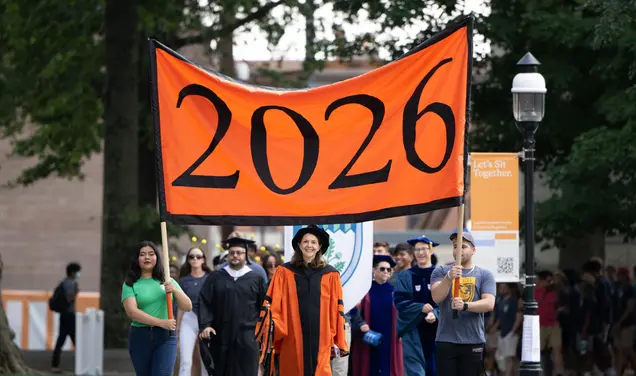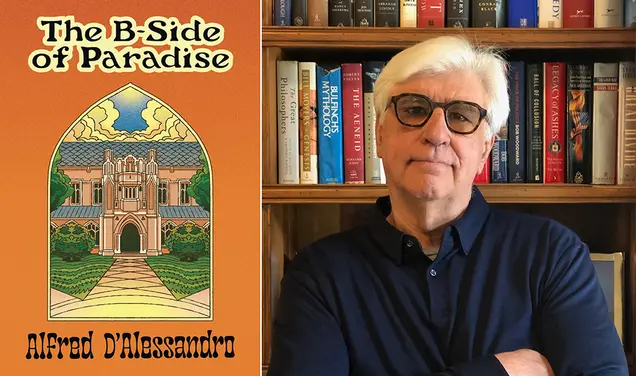Animal Music Course Strikes a Chord With Students
When Gavin Steingo, a professor of music, and Asif Ghazanfar, a professor of neuroscience and psychology, met three years ago, they realized they had a lot in common — namely, a shared passion for music and an interest in exploring the concept of animal music. The two regularly walked around campus contributing their respective expertise to jointly examine if animals have the ability to produce music, and if so, what that means biologically and culturally.

The pair eventually applied for and received a Magic Grant for Innovation from the Humanities Council, which jump-started their research, and this fall, they are co-teaching a new course, Animal Music, on the emerging field.
The 15 students in the class are a mix of majors — from economics to engineering — adding to the diverse perspectives. On Tuesday afternoons in a cozy Chancellor Green classroom, the group tackles interdisciplinary questions like, if a musician plays near a singing bird, is that a duet? What impact do animal vocalizations have on humans, for example, in terms of conservation? How has the way humans interpret animal sounds changed over the years, and why?
“Part of the course is the history,” said Ghazanfar. At one point, “people thought that their pet mice could sing … and were writing standard notation of their mouse’s song.” Minister Samuel Lockwood even wrote an article on the topic for The American Naturalist in 1871.

Readings touch on hard and social sciences, and according to music major Morgan Taylor ’27, “You can see a lot how the ideas are evolving … as we’ve been looking at more and more readings and getting deeper into the course.”
Fellow music major Jason Kim ’27 said the course has “been a really great blend of interdisciplinary sources, and I think that has been honestly more beneficial to me” than if it was focused on a single discipline.
Steingo and Ghazanfar have also written a peer-reviewed paper on the subject, which was published in May in Music & Science, and created the Animal Song Collective, which has hosted related events.
“We’re really, I think, always just trying to find a way to synthesize these two approaches and create and produce new ways of thinking,” said Steingo.
For the final, students are working in groups to explore a related topic of their choice in a creative format. As of early November, Taylor’s group was working on creating a game show that plays sounds without context and asks participants to consider how their interpretations of the sounds change after learning the origin.
“I think [animal music is] definitely a subject that is new and awesome and will be important in like 20 years, and we’re getting an early crack at it,” said Taylor.












1 Response
Jack Singer ’65
1 Week AgoAdd ‘Pet Sounds’ to Animal Music Syllabus
I read with interest the December 2025 article about Animal Music (Class Close-Up).
The article reminded me about the second half of our senior year when many of us looked for “gut” courses like Introduction to Music and Introduction to Art, two of the best courses I ever took at Princeton.
While I applaud the professors who created this very meaningful course, I suggest that they look for a copy of Pet Sounds, by the late Brian Wilson and The Beach Boys in 1966, and make this required listening for the many motivated students who take this course that was not offered back in 1965.